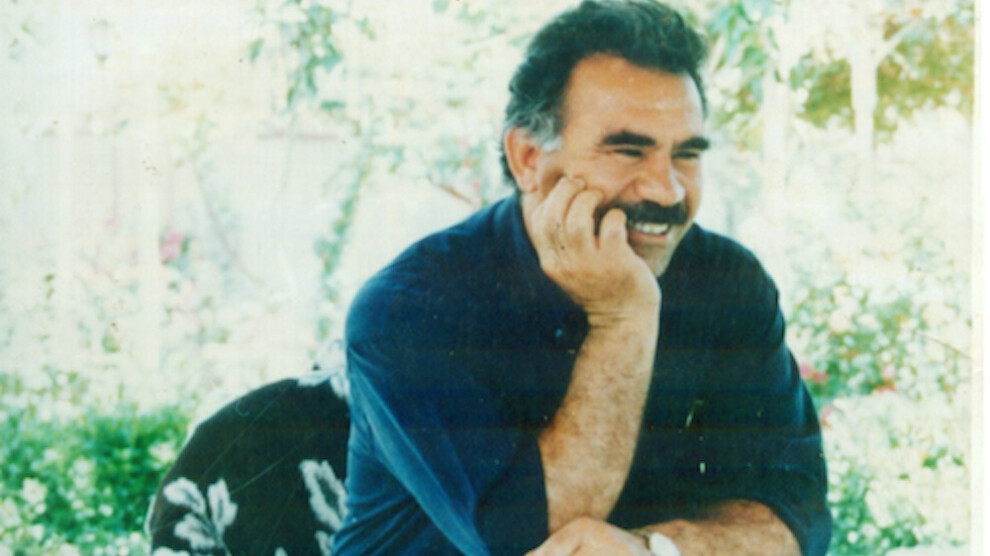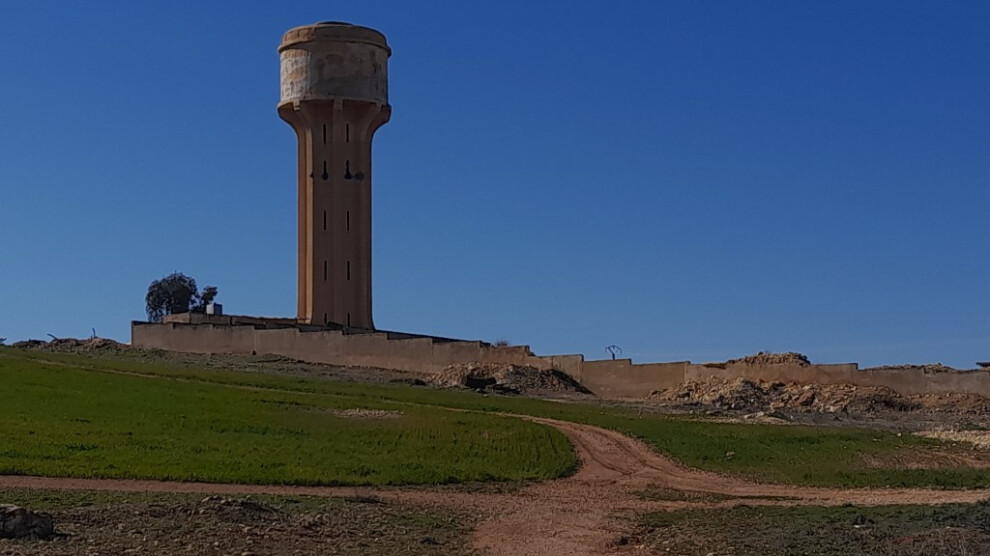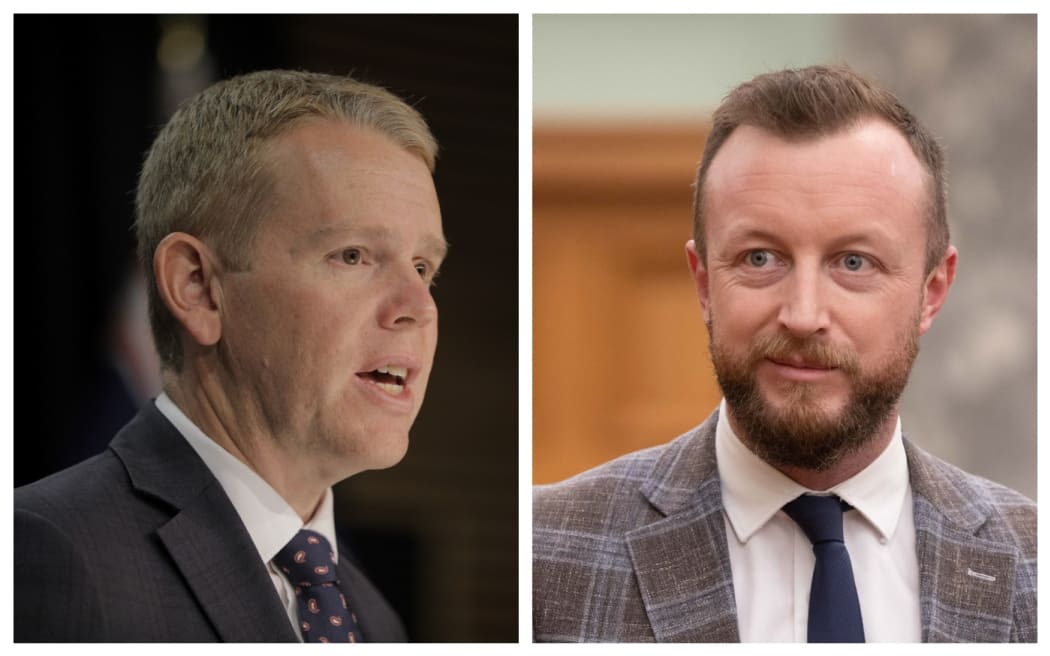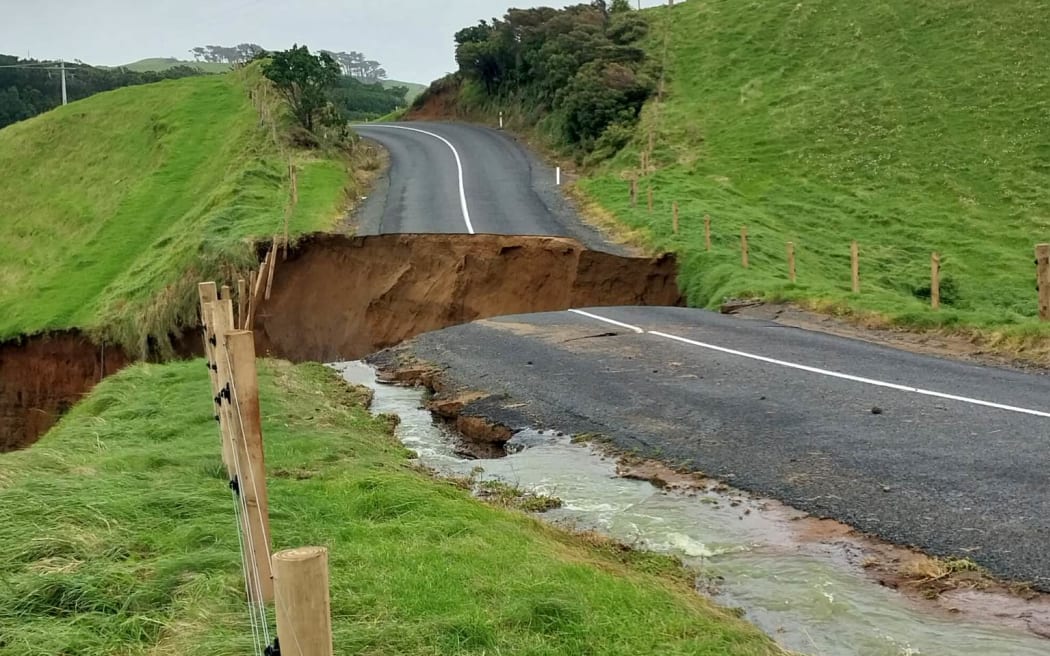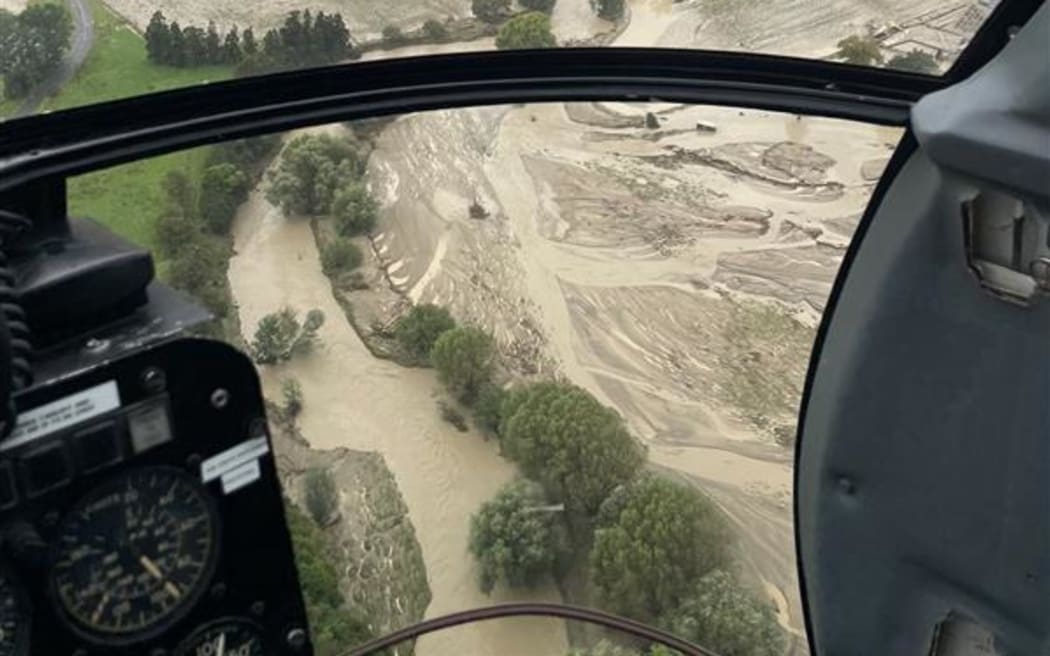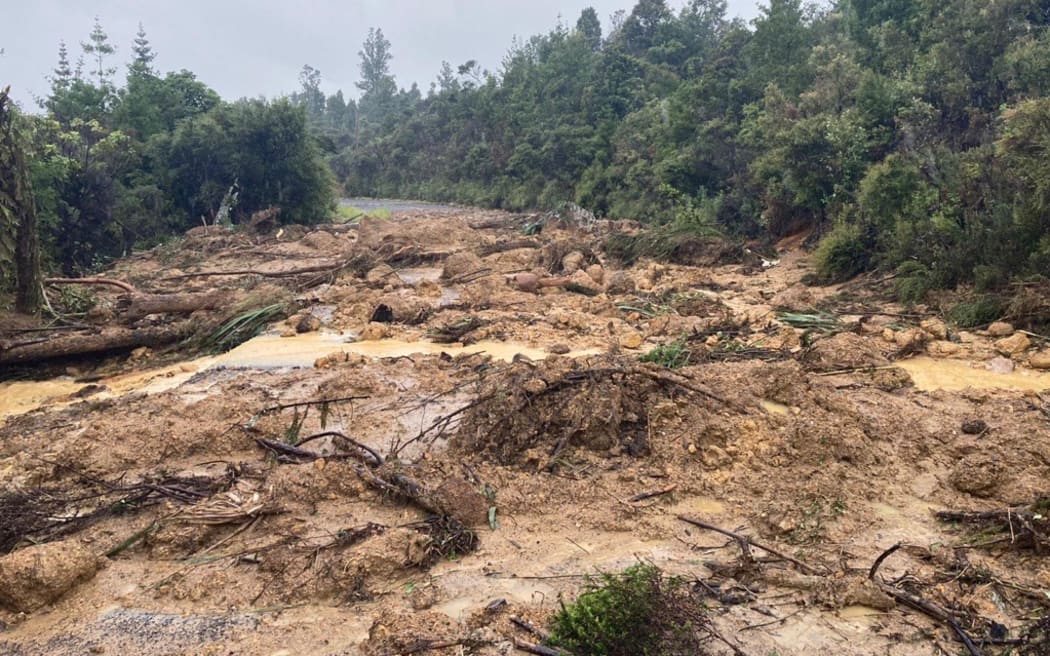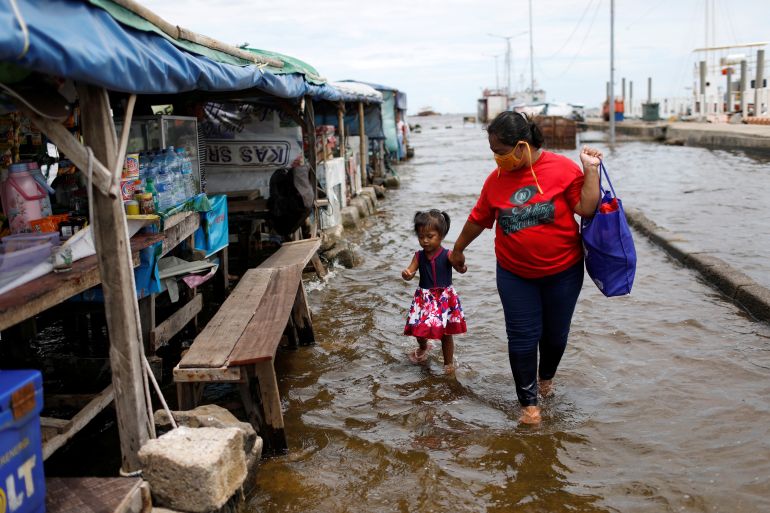UKTories will fight election on ‘trans debate and culture wars’, deputy chair Lee Anderson claims
Feb 15
Written by Sophie Perry

The MP says the Tories will need to use “culture wars” and “the trans debate” to win voters over. (PinkNews/Getty)
The Conservatives should include a “mix of culture wars and trans debate” at the heart of its next election campaign, Lee Anderson, the party’s new deputy chairman, has said.
Tory MP Lee Anderson was promoted last week as part of a reshuffle of Rishi Sunak’s Cabinet.
The former Labour councillor – nicknamed “30p Lee” for comments he made about food poverty and making budget meals – defected to the Conservatives in 2018 and has become well-known in Westminster for his outspoken views.
Speaking with The New Culture Form prior to his promotion, the Ashfield MP said the party relied on Brexit and Jeremy Corbyn to win votes in 2019 but does not hold those cards for the next general election.
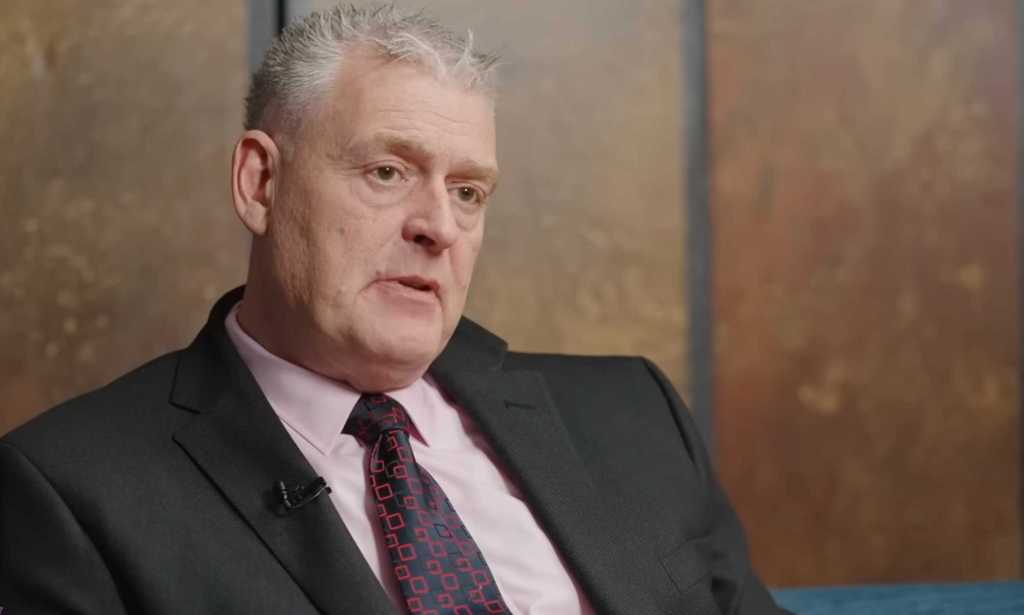
Lee Anderson said the Tories need to rely on “culture wars” to win votes
(PinkNews/YouTube)
“The big thing in terms of 2019, there were three things that won us the election. It was nothing to do with me. It was Brexit, it was Boris, it was Corbyn and it was as simple as that.
“Those three things together were a great campaign, great ingredients,” he said.
In order to cling to power at the next election, which is expected to take place in 2024, the MP, who won his Nottinghamshire seat with a majority of 5,733 in 2019, believes the party will “probably” rely on a “mix of culture wars and trans debate”.
During the interview, which is available on YouTube, Anderson went on to discuss a wide range of topics, including Black Lives Matter protests, “illegal” immigration, “brainwashing” in schools and universities, and the benefits system.
Anderson told interviewer Peter Whittle that the “number one” issue for voters is immigration and the number of small boats reaching the UK coastline.
He described asylum seekers arriving on boats as “not genuine” and claimed they should have sought asylum elsewhere.
He said: “When we voted for Brexit, we promised to control our borders but it’s got worse. That’s what winds people up and that’s what fills my inbox every day.”
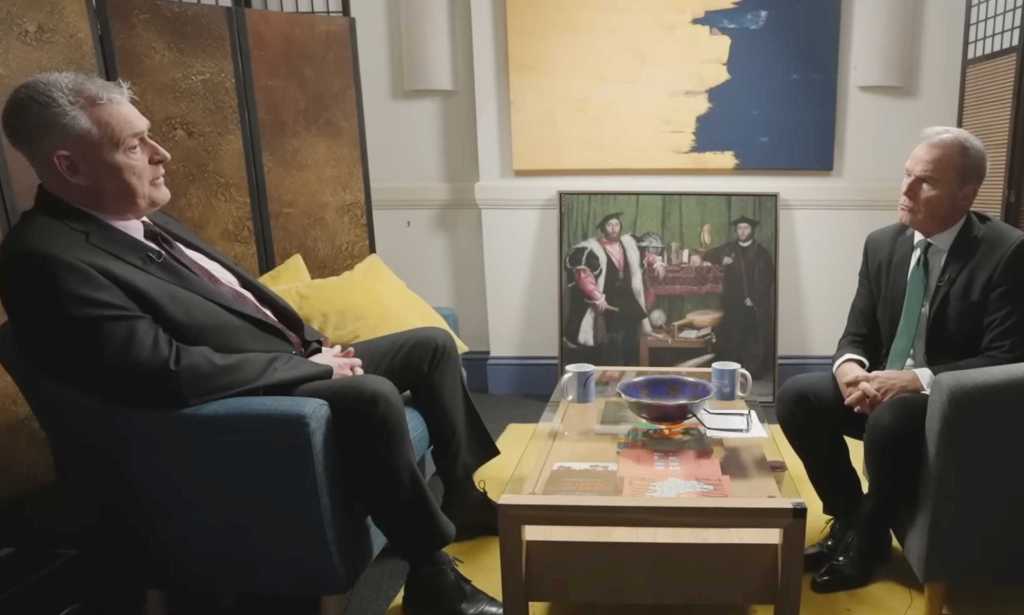
The MP has a long history of controversial remarks.
(PinkNews/YouTube)
Anderson has previously made controversial remarks about LGBTQ+ issues.
Shortly after Eddie Izzard announced she would seek the Labour nomination in Sheffield, Anderson ranted on TalkTV that he would “not follow [her] into the toilets”.
Months later, he emerged as one of the Conservative Party’s most vocal critics of Scotland’s efforts to reform the Gender Recognition Act (GRA).
Speaking to GB News, he accused Scotland’s first minister, Nicola Sturgeon, of using “dirty tricks” to advance the cause for independence, seemingly insinuating that gender-recognition reform was nothing more than a political ploy.





